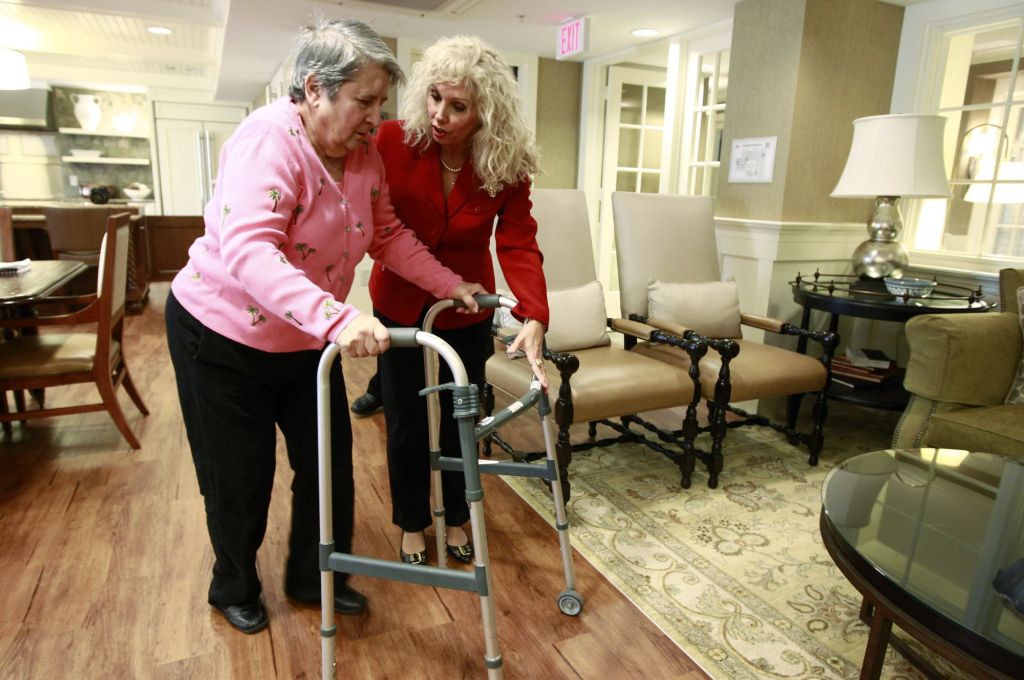A new report on the status of older people in Orange County reaches sweeping findings about problems such as hunger (tens of thousands of local seniors need food assistance), dementia (its prevalence is growing) and even loneliness (a hidden but important problem), but it offers just two specific conclusions.
First, the county’s older population is growing quickly. The county currently has about 495,000 residents age 65 or older, roughly 15.7% of the total population. By 2050, the county’s 65-and-up crowd is expected to nearly double, to 926,000, or 28% of the total.
Second, when it comes to the specific needs of that older crowd, nobody – not the county, not insurers and health providers that track health issues, not the nonprofits that work with older people and provided the information used in the report – knows exactly what they are.
That information gap isn’t trivial.
While nonprofits and others that work with older people collect data useful to their organizations, there is no single person or group in charge of monitoring how the county’s older population is faring over time. As a result, government agencies and others don’t always have a clear window into where to deploy money or services that might make life easier, or even sustainable, for at-risk older residents.
“We’re facing a landslide of human beings of people over 65, but we have no idea what to do about it,” said Jim McAleer, chief executive of Alzheimer’s Orange County, one of the nonprofits that financed and published the 2023 “Report on Aging in Orange County.”
“If we had coordinated data, kept in one place, you could know how big a problem you might have with, say, dementia or hunger. You’d know how wide the gap is, and where to direct your resources,” McAleer said.
“But, as it is, we don’t have that,” he added. “So we’re spending a lot of money on guesswork. And until we figure it out, we’re not going to be able to help people who need it,…
Read the full article here






